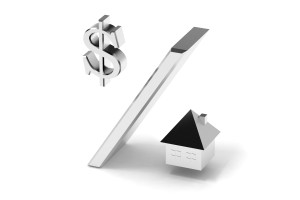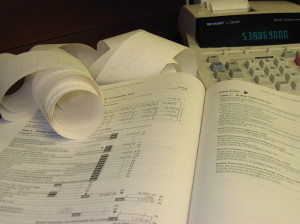 Depreciation can seem like magic. When done properly, it can take rental real estate with positive cash flow and turn it into a loss for tax purposes.
Depreciation can seem like magic. When done properly, it can take rental real estate with positive cash flow and turn it into a loss for tax purposes.
It is common to break out land and building in a rental property for depreciation purposes, but there are many more components to consider. These additional components may include appliances, parking structures, landscaping, furniture, fixtures, and much more. Most importantly, these additional components can be depreciated much faster than land and building.
The result is accelerated depreciation which means more depreciation can be taken sooner.
Keep this in mind: Accelerated depreciation is a long-term strategy.
The decision to accelerate depreciation should be part of a long-term tax strategy. While the tax benefits can come immediately, there needs to be a focus on the future to truly maximize the benefits.
Accelerated depreciation often results in more gain when the property is sold.
On top of that, the depreciation taken may be recaptured when the property is sold, which means a portion of the gain (the portion attributable to the depreciation) may be taxed at ordinary tax rates.
So how is any of this good news for accelerated depreciation?
Here’s how. The worst case scenario with accelerated depreciation is that the tax is deferred to a later year. You take the bigger deductions now, enjoy the tax savings now and then pay tax on it later in the form of more gain.
If you’ve heard me speak, then you probably know deferral is my least favorite type of tax planning, so you may be wondering why I think accelerated depreciation is so important in a tax strategy.
The reason is that deferral is the worst case outcome, and as far as tax planning goes, while deferral isn’t my favorite, it can still help minimize taxes. So even the worst case scenario is still good for tax planning.
But even better, there are other possible outcomes that can reduce or eliminate the future tax impact of accelerated depreciation.
A long-term strategy is the solution to minimizing or eliminating the future tax impact of accelerated depreciation. Here are a few examples.
Strategy #1 – Depreciation Recapture
Not all depreciation recapture is taxed as ordinary income. Some depreciation recapture has a lower tax rate. This means you take the deduction at a higher rate and report the income at a lower rate – this results in permanent tax savings.
The key is making sure you are in the right tax brackets now and in the future.
Strategy #2 – Like-Kind Exchanges
Another example is using like-kind exchanges in your long term tax strategy. With like-kind exchanges, it is possible to avoid depreciation recapture entirely.
Strategy #3 – Hold Property to Pass to Heirs
If your long-term strategy is to hold the property and pass it to your heirs, then that can work to avoid depreciation recapture.
Strategy #4 – Rental Property
A plan to regularly buy rental property can provide a steady source of accelerated depreciation and compensate for lower depreciation on properties entering the older stages of their depreciable lives.
While there can be many traps with accelerated depreciation, these strategies are some ways to plan around them with a long-term strategy.









